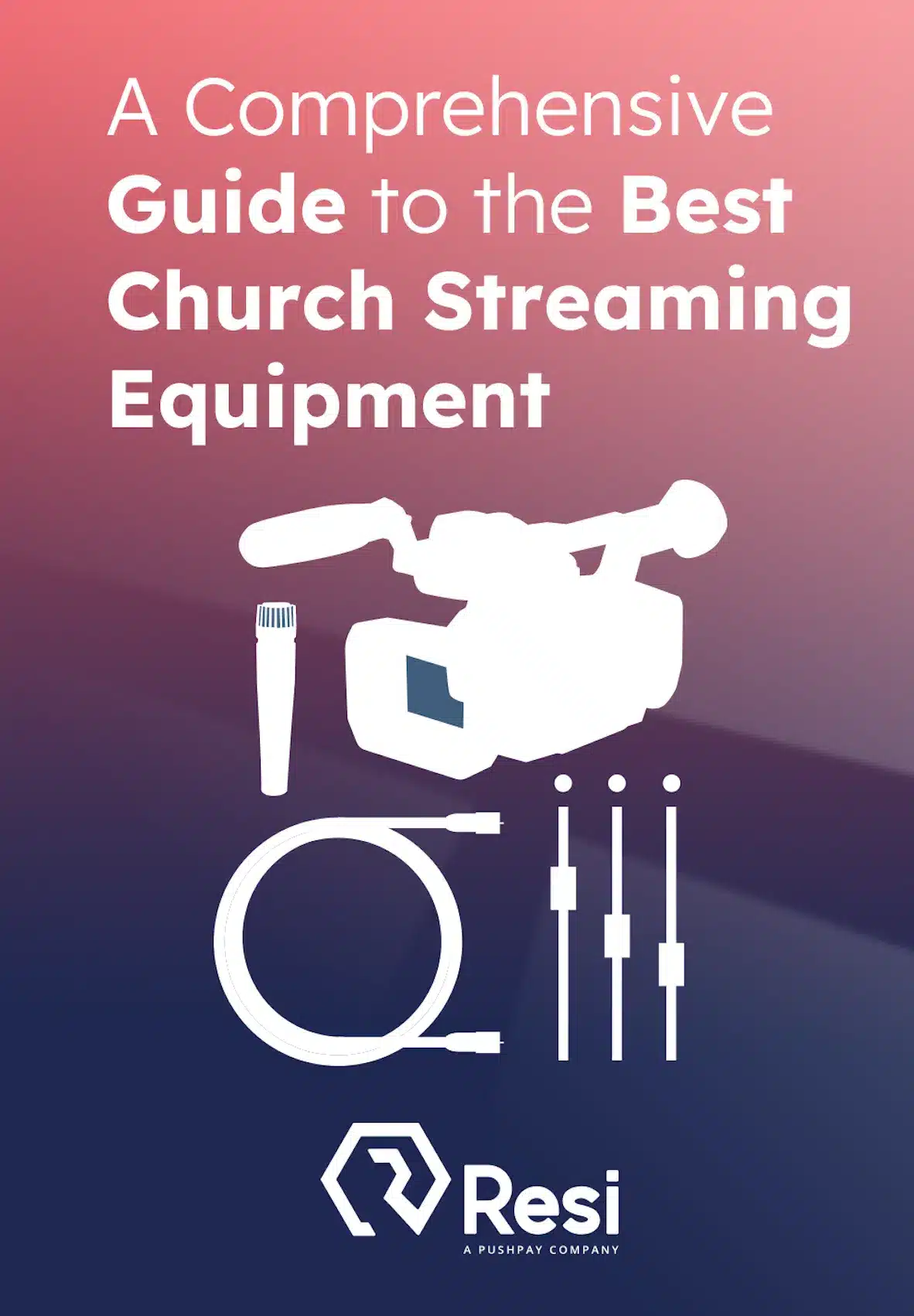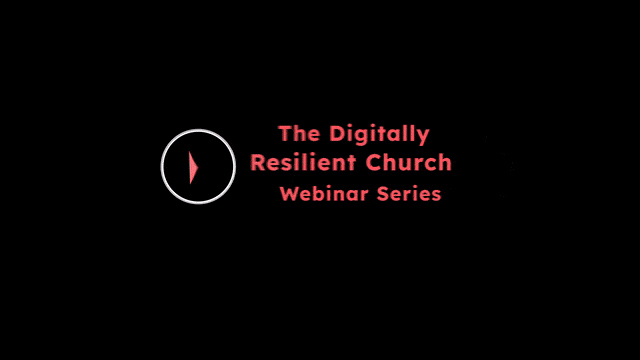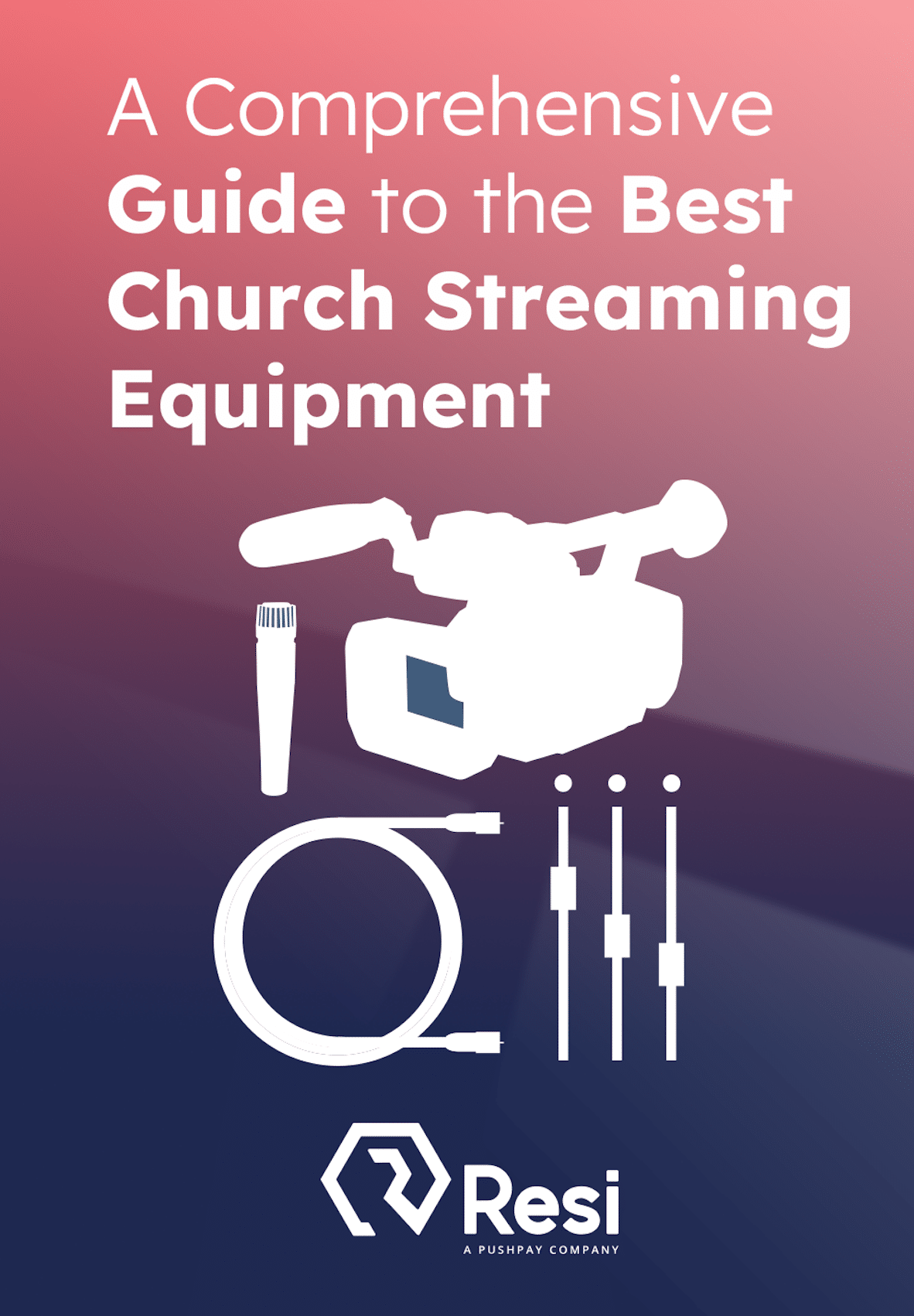
Live streaming has never been more important. Whether you’re a church reaching an online congregation, a business engaging customers, or a content creator growing your audience, multistreaming gives you the ability to be everywhere at once. In 2025, that’s no longer optional—it’s expected.
People aren’t just watching on YouTube. They’re scrolling past live videos on Facebook, catching short-form clips on Instagram and TikTok, and even tuning in on platforms that didn’t exist a few years ago. If you want to maximize your reach, you need a setup that delivers a smooth, high-quality stream across multiple destinations without turning into a tech nightmare.
The challenge is that not all multistreaming platforms are created equal. Some are built for basic use, while others offer advanced tools that help you scale. Some integrate seamlessly with your existing setup, while others add more steps to your workflow.
This guide will walk through what to look for in a multistreaming platform, how to compare your options, and what features will actually make a difference in 2025. Whether you’re just getting started or upgrading your setup, this will help you make the right choice.
Best Livestreaming Equipment
Discover what top-rated equipment we recommend adding to your church streaming toolkit.
Download for free!
What is a multistreaming platform?
Multistreaming lets you broadcast live video to multiple platforms at the same time. Instead of choosing between YouTube, Facebook, or other destinations, you can go live everywhere at once without needing multiple devices or separate setups. A multistreaming platform is the tool that makes this possible, handling the heavy lifting behind the scenes so your audience gets a seamless experience no matter where they’re watching.
Why multistreaming matters in 2025
The digital landscape moves fast, and in 2025, people aren’t sticking to just one platform. Your audience is scattered across different spaces, and if you’re only streaming in one place, you’re missing out. Multistreaming changes that by giving you a broader reach without extra work.
Expanding your audience allows you to meet people where they are, whether that’s YouTube, Facebook, or beyond. Different demographics prefer different platforms, and multistreaming helps you connect with all of them. Increased visibility leads to more opportunities for interaction. When you show up consistently across multiple platforms, people are more likely to engage, comment, and share. Relying on a single platform can be risky due to algorithm changes and shifting trends. Multistreaming protects your content by spreading it across multiple spaces.
Who benefits from multistreaming?
Multistreaming isn’t just for major media companies. It’s for anyone who wants to grow their reach and make their live content more accessible. Churches can use a single live stream to reach in-person attendees, homebound members, and new visitors watching from anywhere in the world. Businesses can increase visibility and engagement for product launches, webinars, and virtual events. Content creators, including gamers, podcasters, and educators, can grow faster without being tied to one platform’s algorithm.
No matter your industry, the ability to connect with more people in real time is a powerful tool. The key is finding a multistreaming platform that fits your workflow, delivers high-quality video, and makes the process as simple as possible.
Key factors to consider when choosing a multistreaming platform
Not all multistreaming platforms are built the same. The right choice depends on your needs—whether you’re a church looking for a stable way to stream services, a business running virtual events, or a creator trying to expand your reach.
Reliability and uptime are crucial. A live stream that cuts out mid-sermon, freezes during a product launch, or buffers at a critical moment can drive viewers away. Look for platforms with auto-failover systems to keep the stream running even if a connection drops, cloud-based encoding to reduce strain on your local setup, and network redundancy to prevent outages. A strong multistreaming platform should guarantee high uptime (99.9% or better) and minimal buffering, even during peak traffic hours.
Video quality and encoding determine how professional your stream looks. Viewers expect clear, high-definition video no matter where they’re watching. Features like adaptive bitrate streaming, cloud encoding, and support for 4K and HDR ensure a high-quality experience.
Platform integrations and destinations should align with where your audience is. The more platforms you can reach, the better. Support for YouTube, Facebook, Twitch, etc. is essential. API integrations with worship software, event platforms, or other tools specific to your needs can further enhance your workflow.
Ease of use and automation simplify your workflow. A multistreaming platform should have an intuitive dashboard that saves time and reduces frustration. Automation tools such as auto-start streaming, scheduled reruns, and automated captions can streamline operations.
Best Livestreaming Equipment
Discover what top-rated equipment we recommend adding to your church streaming toolkit.
Download for free!
Choosing the right platform
Not all multistreaming platforms deliver the same quality, reliability, and ease of use. You need a solution that works seamlessly without technical headaches or unexpected failures. Resi’s multistreaming platform stands out due to its Resilient Streaming Protocol (RSP), which ensures that live streams remain flawless even if the internet connection struggles. Unlike traditional RTMP-based platforms that suffer from buffering and dropped frames, Resi’s cloud-based encoding and error-correction technology guarantee a smooth, uninterrupted stream across every destination.
Resi offers unmatched reliability with streams that rarely drop, buffer, or stutter—even on unstable networks. Crystal-clear video quality supports 4K, HDR, and adaptive bitrate streaming for the best possible viewer experience. Seamless integrations allow easy connection with YouTube, Facebook, Twitch, and more, with additional API integrations for churches, businesses, and content creators. Effortless automation features like auto-start, scheduled reruns, and cloud encoding remove the hassle from streaming. Dedicated 24/7 live support and enterprise-grade security keep streams running safely.
If you’re serious about delivering high-quality, stress-free multistreaming, Resi is the clear choice. Schedule a demo today and experience the difference for yourself.
Conclusion
Choosing the right multistreaming platform in 2025 is essential for delivering a seamless, high-quality live experience across multiple channels. Whether you’re a church looking to extend your reach, a business hosting virtual events, or a content creator growing your audience, the right platform can make all the difference.
A reliable multistreaming solution should offer consistent uptime and failover protection to prevent stream interruptions, high-quality video encoding for a professional broadcast, easy integration with multiple platforms for a hassle-free experience, and advanced engagement tools to interact with your audience in real time. Resi provides industry-leading multistreaming technology with automated cloud encoding, adaptive bitrate streaming, and unmatched reliability. Get started today by requesting a free demo or exploring resources on live streaming best practices.







